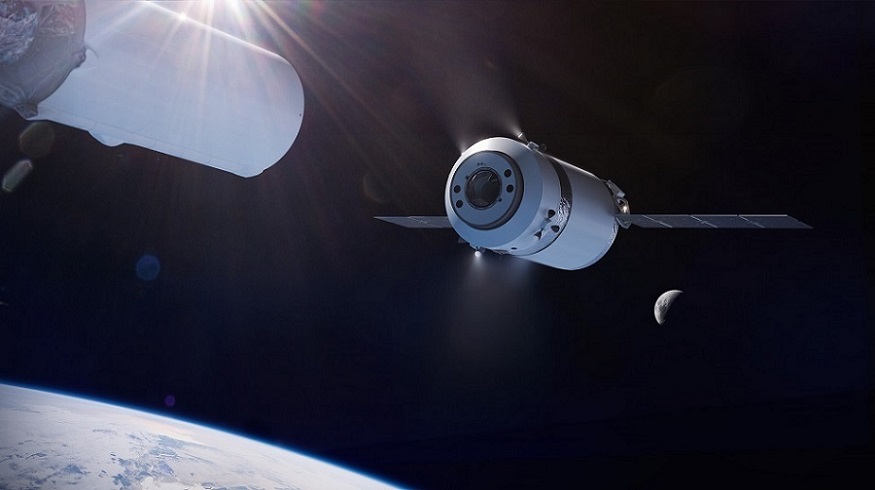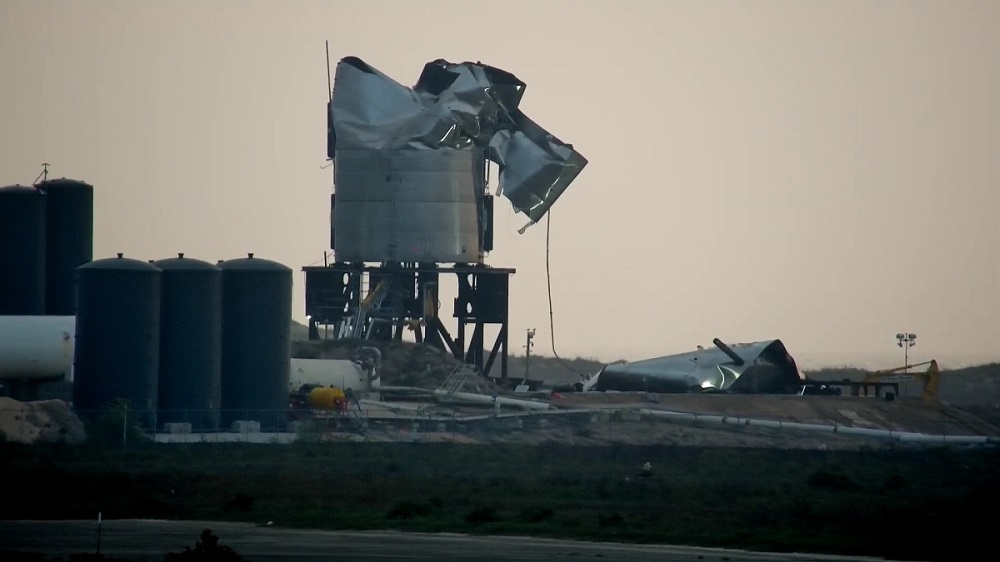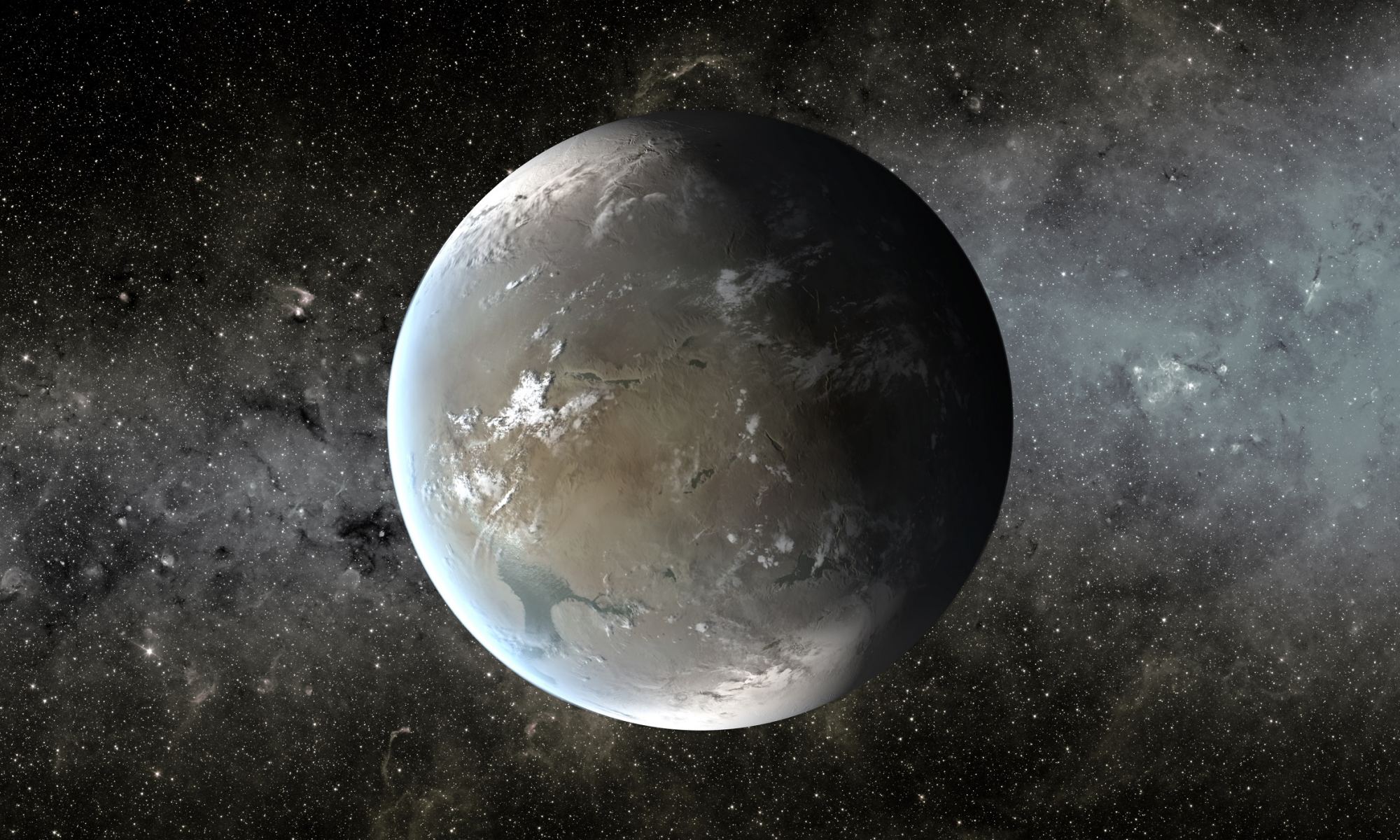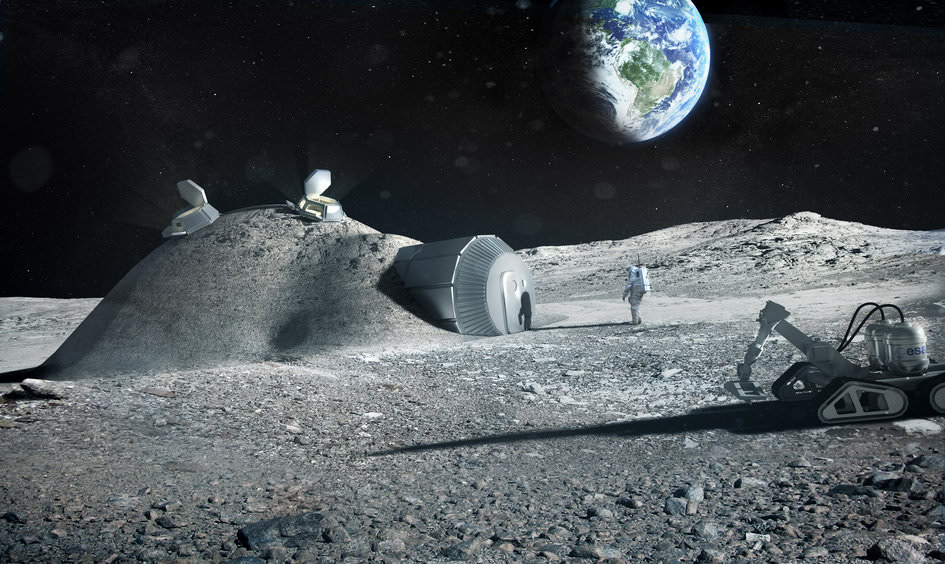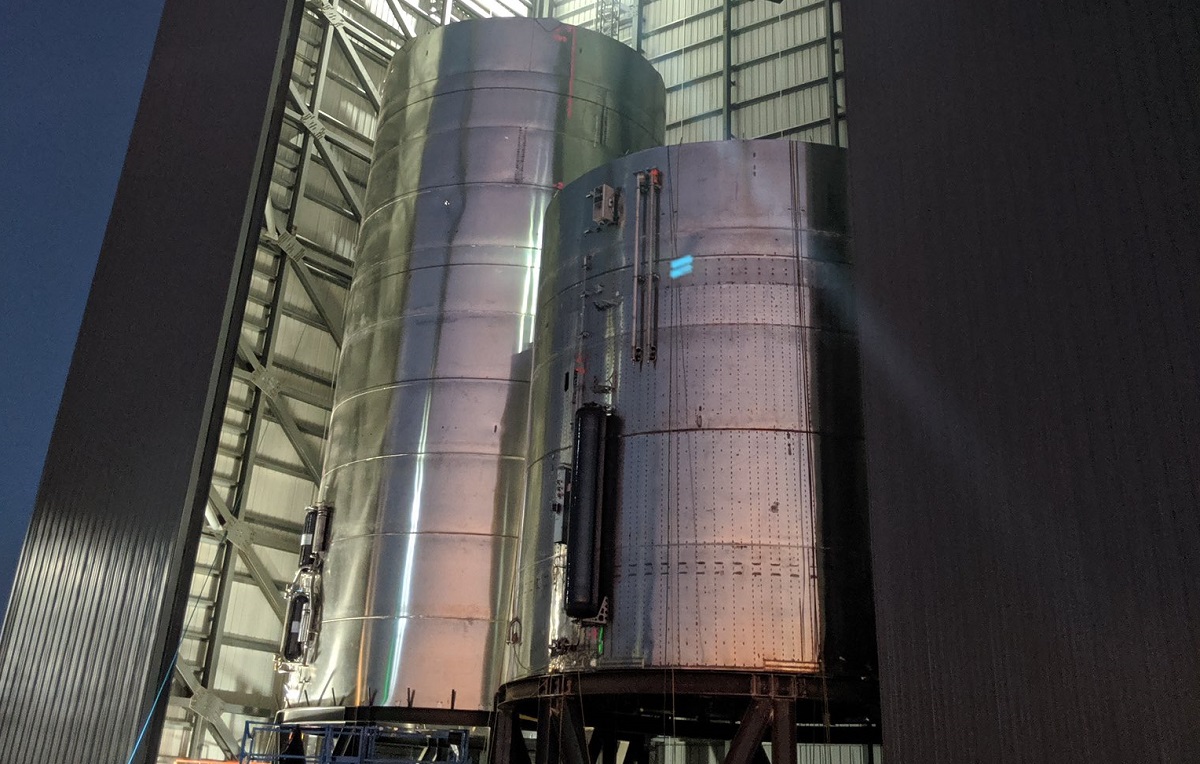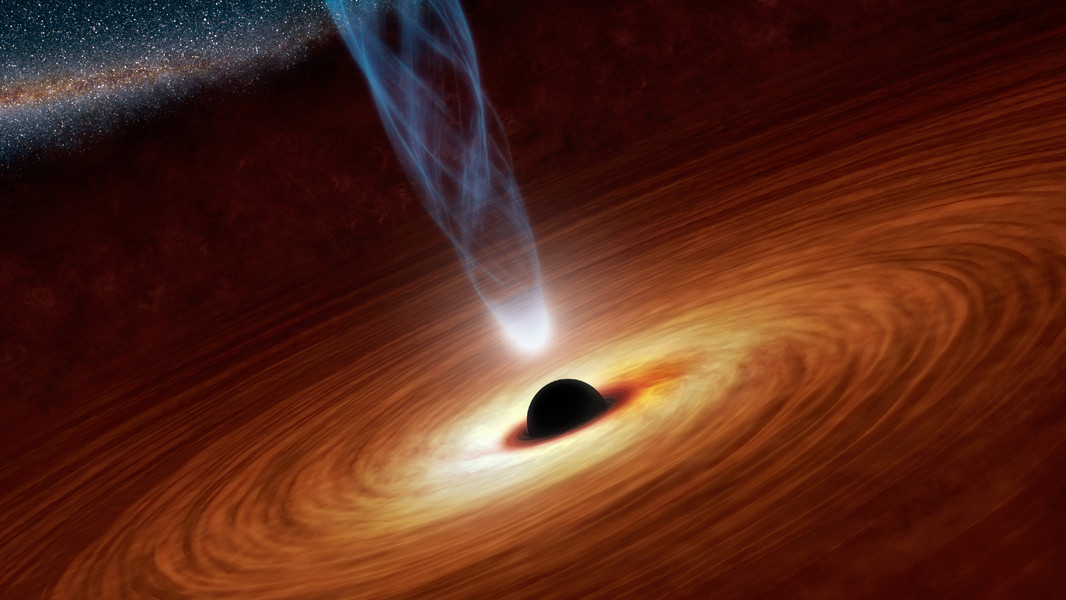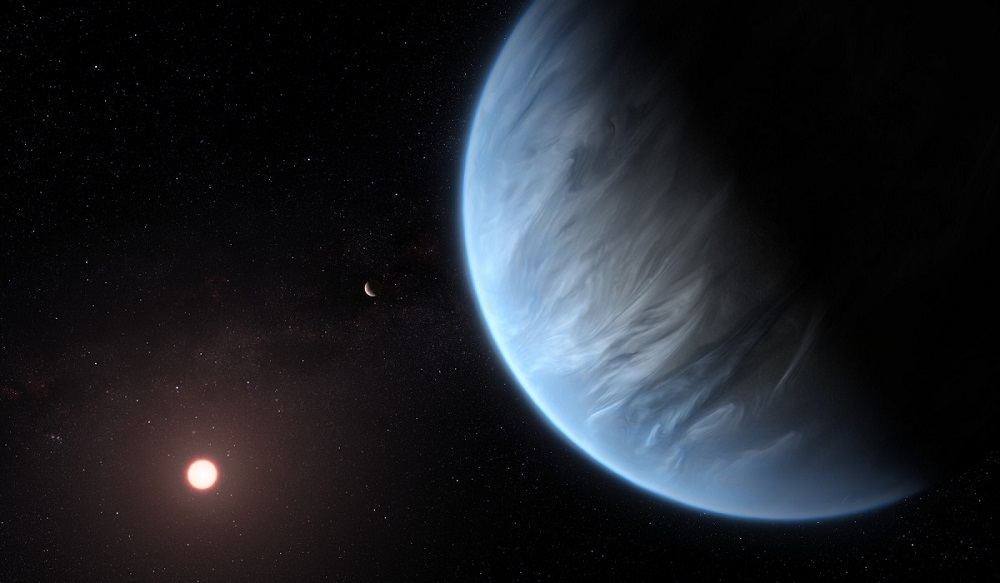In 2016, China’s Five-hundred-meter Aperture Spherical radio Telescope – the largest single-aperture radio telescope in the world – gathered its first light. Since then, the telescope has undergone extensive testing and commissioning and officially went online in Jan of 2020. In all that time, it has also been responsible for multiple discoveries, including close to one hundred new pulsars.
According to a recent study by an international team of scientists and led by the Chinese Academy of Sciences (CAS) suggests that FAST might have another use as well: the search for extraterrestrial intelligence (SETI)! Building on their collaboration with the non-profit science organization Breakthrough Initiatives, the authors of the study highlight the ways in which FAST could allow for some novel SETI observations.
Continue reading “How the World’s Biggest Radio Telescope Could be Used to Search for Aliens”

